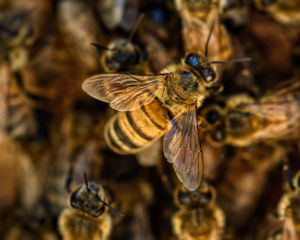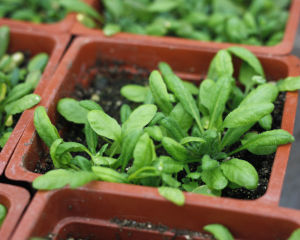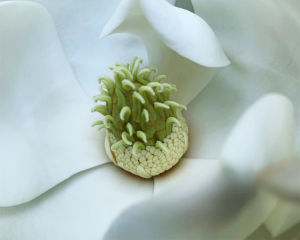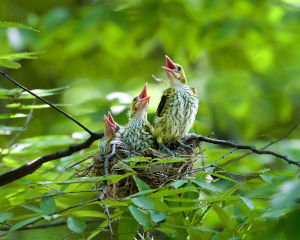

“Art is not a study of positive reality; it is the seeking for ideal truth”
John Ruskin
June: Line Drawing with Attention to Fine Details
Refining your observation skills to show a plant’s fascinating intricate forms and beauty through fine details.
By Gayil Nalls, Liz Macklin, and Karen Bauer
Sign up for our monthly newsletter!
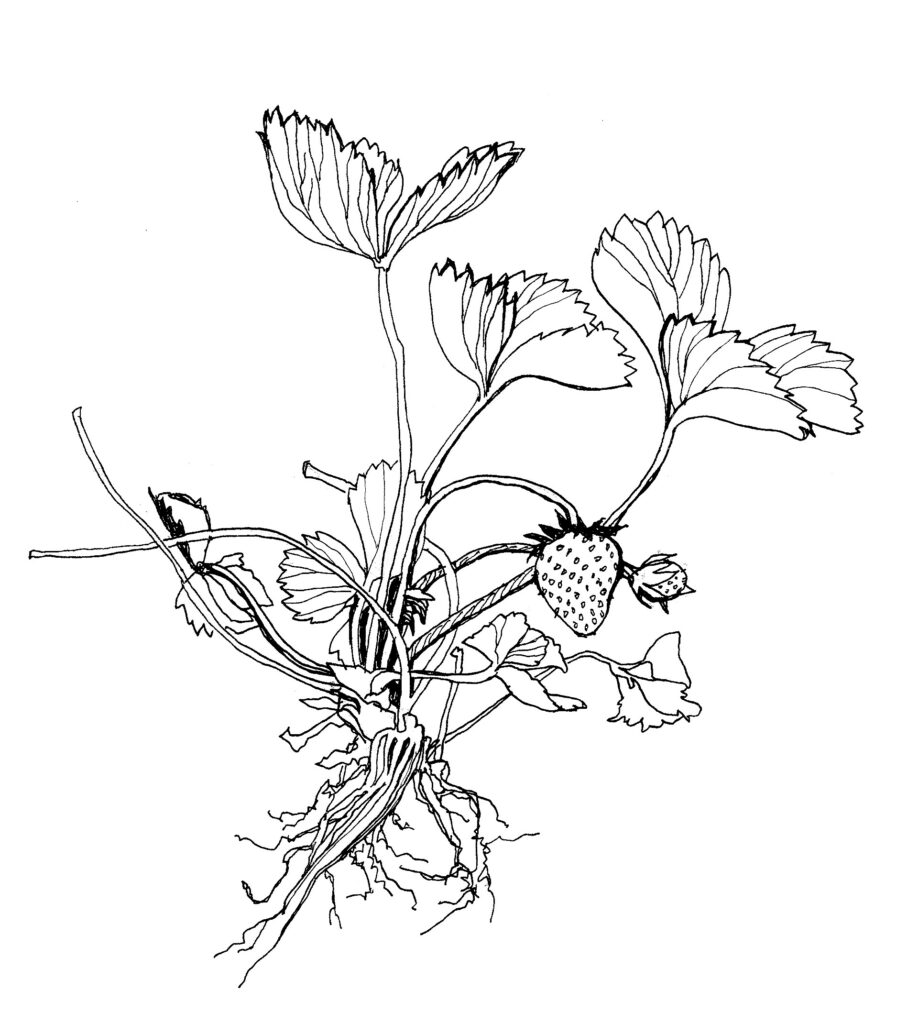
Observation and Exploration
As the days stretch longer towards the summer solstice on June 21, and the warmth embraces the air, June becomes a tapestry of endless possibilities for creative expression. Take a slow walk admiring the natural beauty that surrounds you. Trust your sense of beauty to notice something new, something that you may have not looked closely at before. Notice how plants are in different stages of flowering from swelling and ripening buds to a sign of its maturity– full bloom.
Choose a few flowers located together, knowing that every flower has a story to tell. Observe their basic floral forms and shapes. Delve into the intricate details of delicate petals, the graceful movements of leaves, and the interplay of light and shadow beneath the vibrant summer sky. Pass time with the flowers being aware that flowers are the reproductive structures of plants. As the flower petals opens reproduction can occur. Look for the stamen (the male part) that contains the pollen and the pistil (the female part) where the pollen is deposited. Draw too the insects that may be visiting them. Look for the ovaries at the base of the pistil, which will develop into seeds once fertilized.
“Art is only in her right place and office when she is subordinate to use; that her duty is always to teach, though to teach pleasantly; and that she is shamed, not exalted, when she has only graces to display, instead of truth to declare.”
John Ruskin
Lesson: Refining Your Observation Skills and Details in Line Drawing
It’s time to unleash your expression and let June be your muse. Let its abundance and splendor guide your hand, ignite your passion, and inspire your soul to create art that celebrates the world’s captivating beauty.
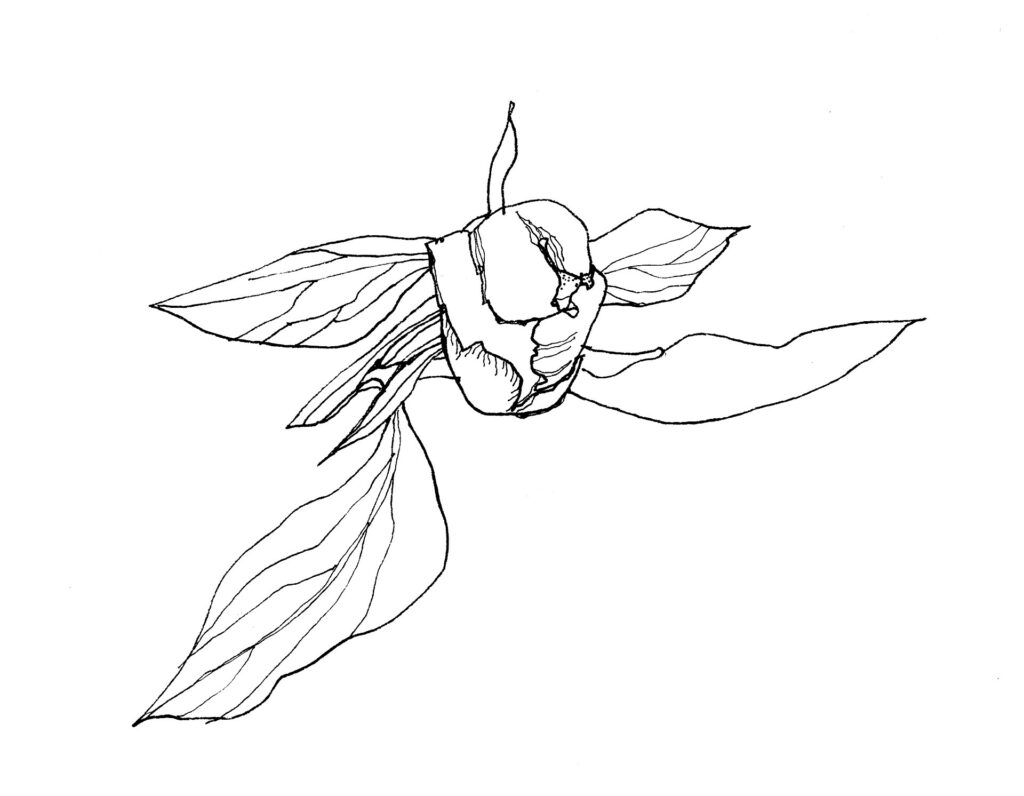
John Ruskin thought no one could see nature properly until they tried to draw it. In this exercise you will observe the organic structure of a flower allowing its exquisite beauty to penetrate your mind. What are the qualities of this flower that others likely overlook. Does it have any flaws? Has an insect been eating its leaves? Is it still there to be drawn? What do you wish to reveal about these flowers?
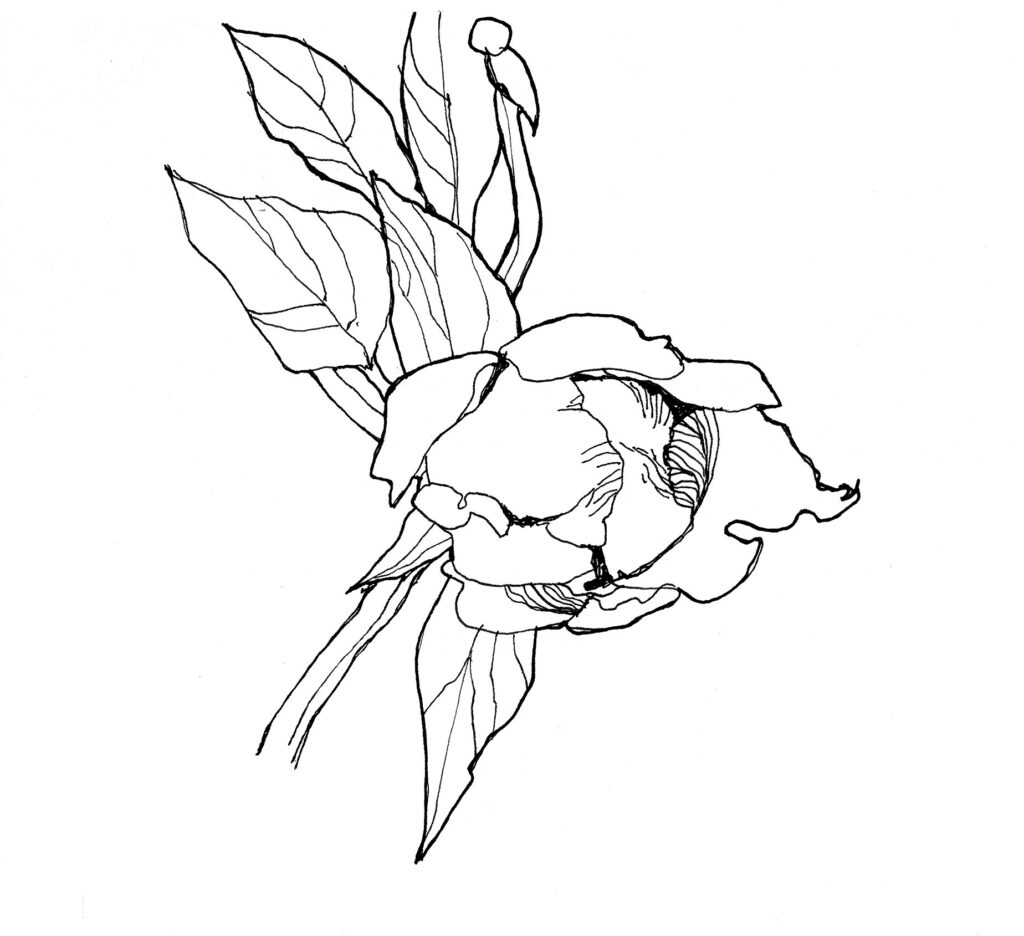
Start by quickly and lightly gesturing on your paper the overall floral composition (see the April lesson). The goal is to capture its gestalt, how the forms of its parts come together into a meaningful greater whole. Observe and accurately draw the flowering and pollinating stages of the various flowers before you, revealing the plant’s fascinating and intricate form.
Lightly sketch contour lines (see March lesson) over the gestured composition, working into the drawing, modifying it for accuracy. Remember, as Ruskin said, the beauty is in really seeing. Slow down and let your observations guide you.
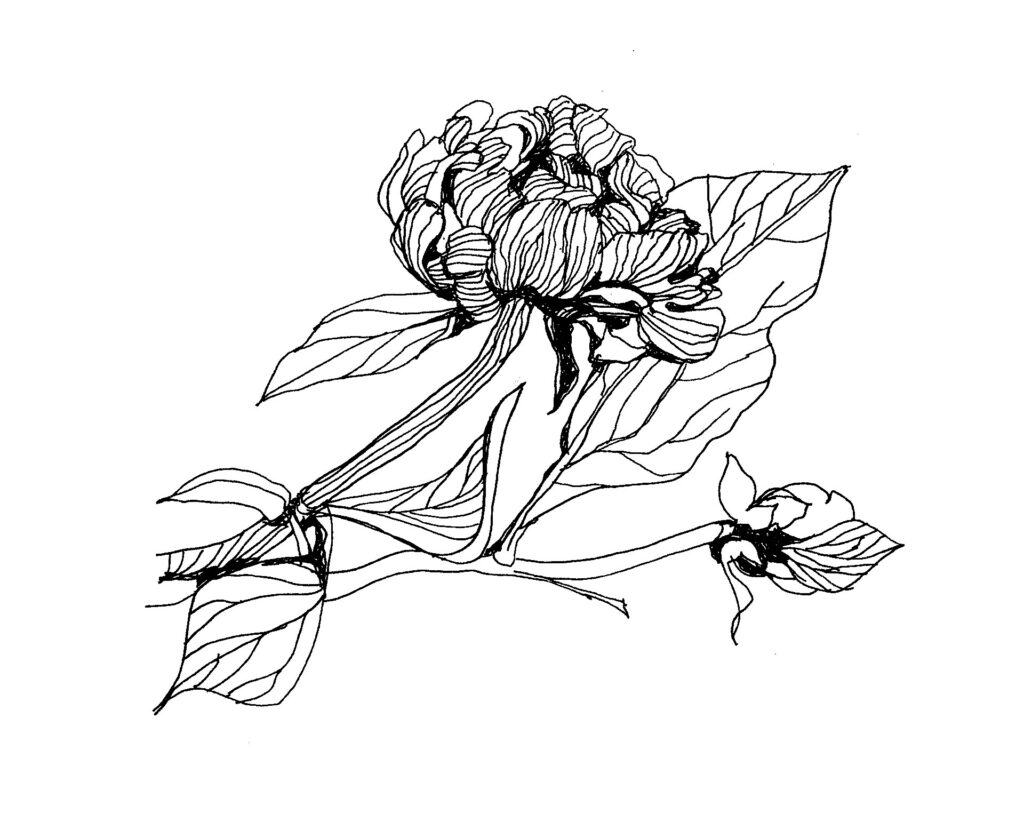
After completing a quick sketch of the plant as a whole and refining it in a light line drawing, identify the area of the plant you find most interesting and most effectively captures the essence of the plant. This will be your “area of interest”, that you will detail to bring in a viewer’s eye. Here you will use a concentration of cross-contour lines as a form of technique to achieve tone (the degree of strength of color) and value (lightness to darkness of color) and create an illusion of three-dimensional form. The goal is to convey the plant’s fascinating intricate forms, shape, and dimensionality in a concise way, defining details using only line.
It is possible to use cross contour lines to imitate light and shadow and convey the form. For Ruskin, lines are a beautiful, delightful sight when they unmistakably express and define the object.
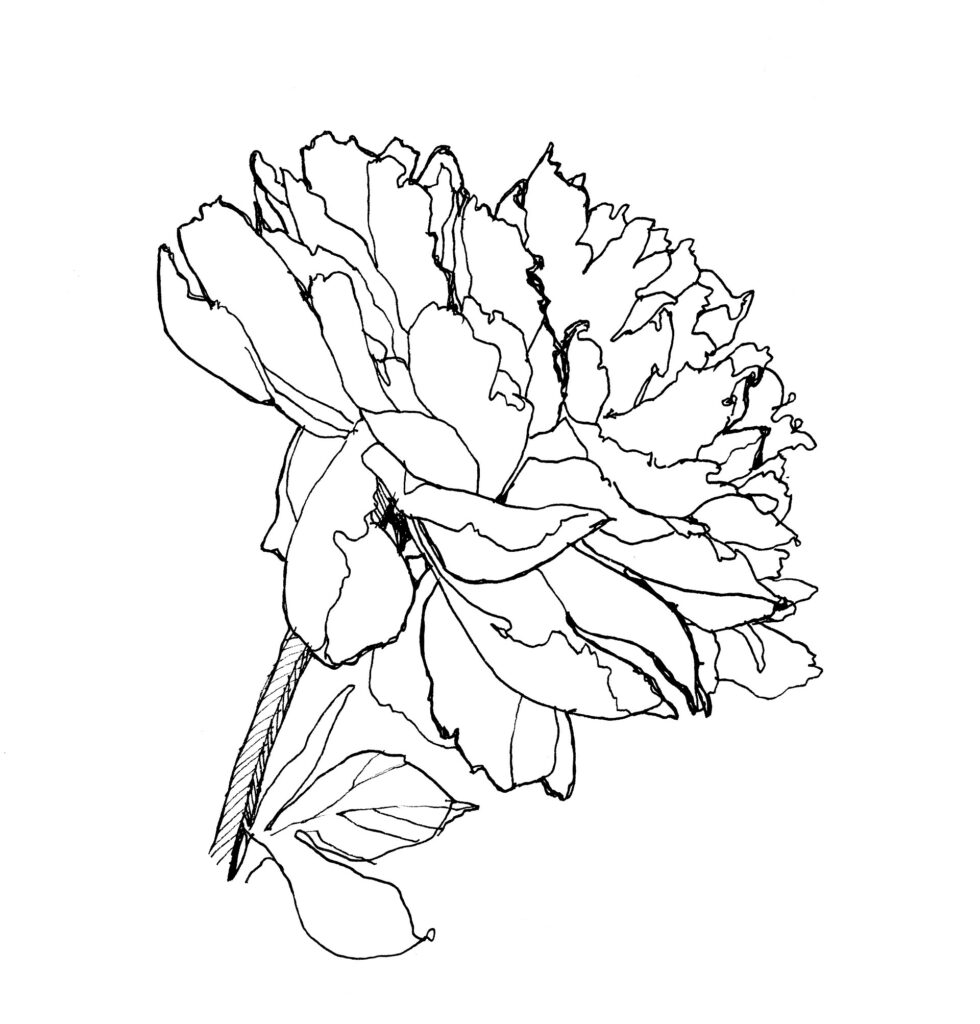
Enjoy taking a good look at these stunning floral close-up images for added inspiration: The White Album.
Congratulate yourself for taking on this challenge and learning new things. Share your drawing on the Plantings refrigerator on Instagram.
Take a cell-phone photo of your completed drawing and post it on the Instagram with the hashtag #WSCNatureDrawings

As Ireland transitions from the rich, smoky scent of peat-burning to a more sustainable future, its olfactory heritage is evolving. What will become the next iconic aromatic symbol of Ireland?
Click to watch the documentary trailer.
Plantings

Eat More Plants Recipes:
Toasted Almond Cream Cake
Edgewater Restaurant




